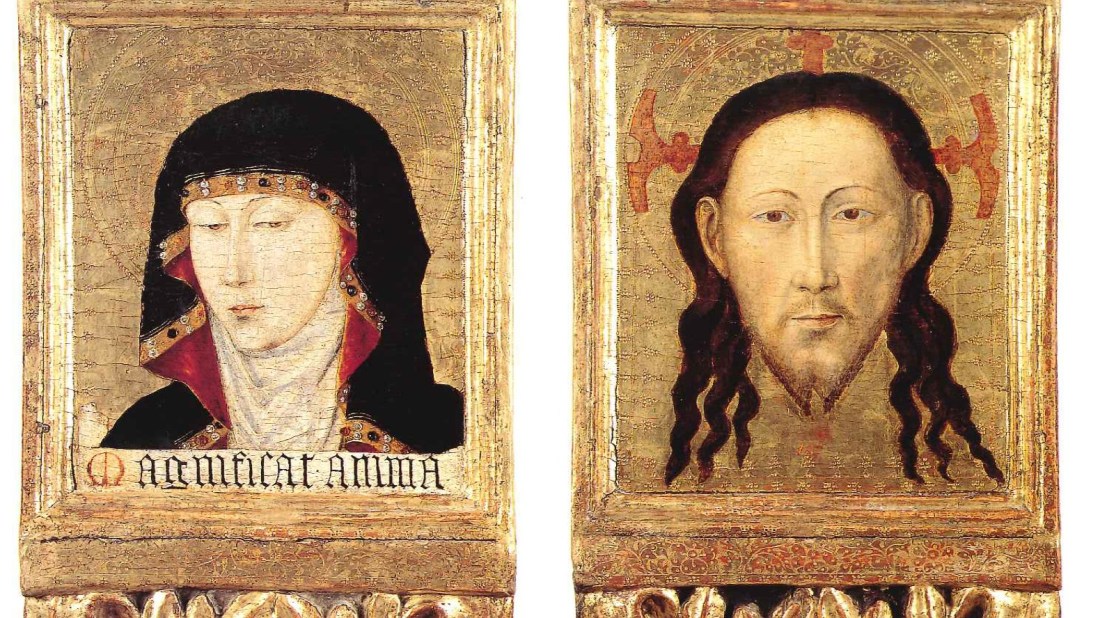Marc Sureda i Jubany
(Museu Episcopal de Vic)
Abstract
As is well known, under the reign of Martin I of Aragon (“the Ecclesiastic” or “the Human”, 1396-1410) icon-like images of the Virgin, in some cases accompanied by others of the Holy Face of Christ, came to be particularly venerated in several places of the Kingdom of Aragon, such as Valencia, Tobed, Barcelona and Vic. Gudiol i Cunill, first (1921), and more recently Crispí (1996, 2009), Kessler (2013) or Molina (2014), have explored the origins and diffusion of this kind of images and the public liturgy deployed around them. All these authors agree that the phenomenon, in its Aragonese form, finds its main promoter in the monarch himself, both in material and liturgical terms, and that its origins are to be found in the Roman devotion and liturgy linked to the acheiropoietai images preserved and venerated in the Eternal City. The royal promotion in Aragon would determinate a multiplication of such images according to a relatively restricted number of iconographical variants.
Nowadays, the catalog of these images is quite well established, as are their iconographical filiations. But since Gudiol a little less attention has been paid to the images of Christ which proliferated in the same context, and to their frequent association with others of the Virgin. Some of these double portraits -whether sets of two icons or double-sided images, preserved or only mentioned in the sources- are not only to be understood as images of devotion, but can be related to the ornament of the altar, as movable objects or directly incorporated in the iconography of the altarpiece. This presentation will focus on these last questions, mainly on the basis of examples from the regions of Vic and Girona.


